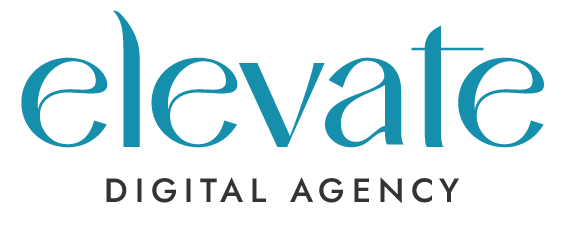The Characteristics Of An Effective Digital Leader
Digital transformation is changing every aspect of the business including directing strategy, setting objectives and redefining future aspirations. The impact is both operational efficiency and customer experience. With driving change towards digital still a priority, B2B marketers need to become digital leaders to make their function succeed.
Great digital leaders aren’t just focused on digital technology and skill. Digital Leaders are more interested in how digital can drive change within an organization and how they, in turn, can deliver a holistic marketing strategy which embodies digital across the entire business.
They’re strategic, forward-thinking, people-focused, open-minded, and willing to learn. So, heads of marketing that want to become effective digital leaders need to focus on how they can bring about change in their organization through digital transformation.
To do this, digital leaders should focus on their ability to:
Create an overall vision for digital that everyone can share
Structure teams to bring them closer together
Introduce new ways of working that promote better collaboration, more flexible thinking and experimentation
Gain buy-in from leadership to support this new approach and ‘let’s explore how’ culture
1. Setting the vision
Right now, marketing teams need a culture change that goes beyond the need for digital competence, digital literacy or new technology. They need more! They need the support of a leader who knows what direction the team is headed in.
Therefore, the first priority for digital leaders is in creating a consistent vision of what the goals for digital marketing are. No matter how ambitious or low-key the initial aims are, the mission and the message must be both clear and simple to understand. The marketing team needs to understand this vision and be on board in order to keep pushing forward.
Marketing leaders also need to demonstrate their ability to champion success. A critical element of change management is marking and measuring progress, showing what success looks like and celebrating when it’s achieved.
2. Drive Integration
Alongside developing a clear vision for digital, the marketing leaders of today need to find ways to close gaps across the marketing function and weave digital seamlessly through it. Not as an afterthought, but through careful integration that harnesses the power of digital across marketing operations, technology, demand-generation activity and all customer touchpoints.
To make this happen, the knowledge gaps and silos between different functions need to be closed; so that execution of the strategy is integrated, seamless and progresses as intended.
Not only does this mean more education about digital is needed in various other areas of the business other than marketing, but it also means keeping all stakeholders up to date with intention, progress and changes. Keeping key departments clear on the vision and strategy will enable digital leaders to keep pushing forward with greater ease.

